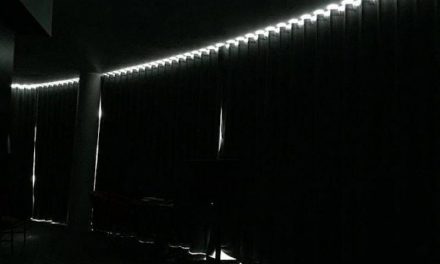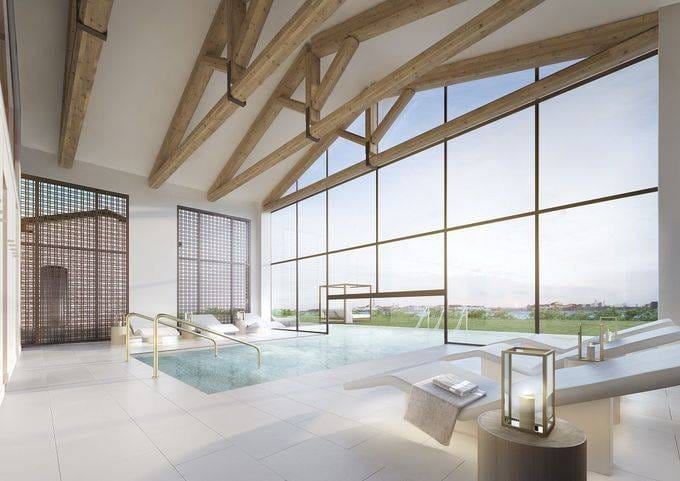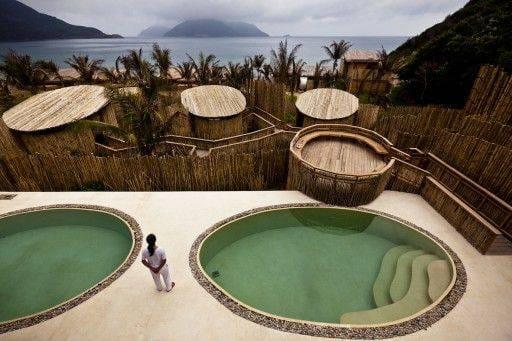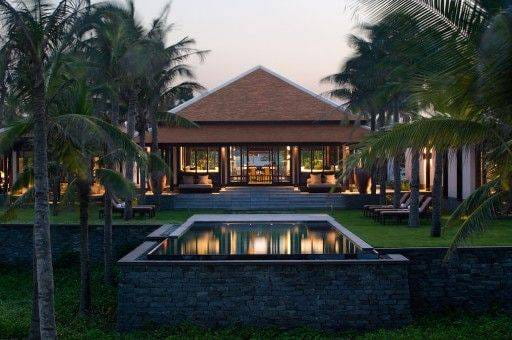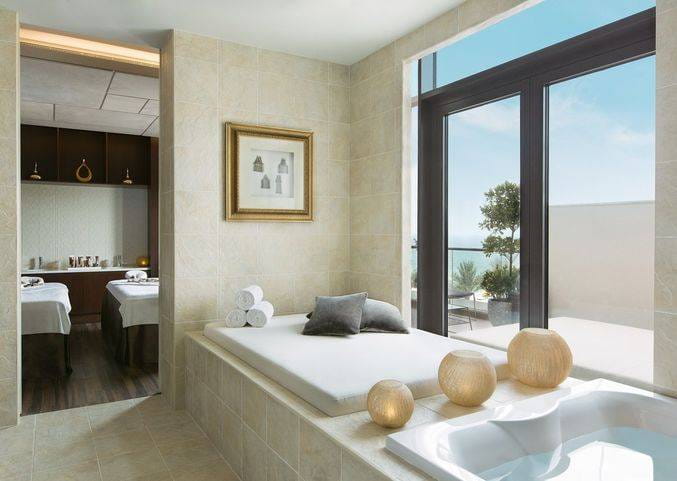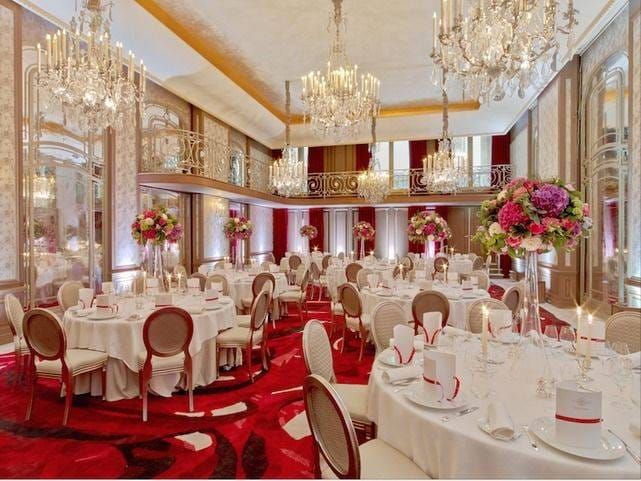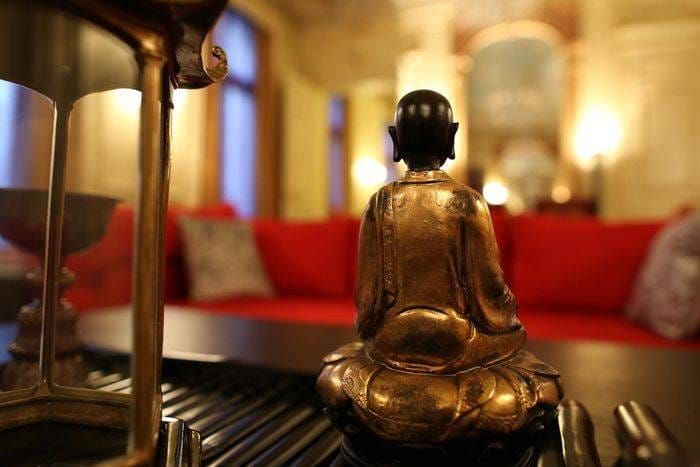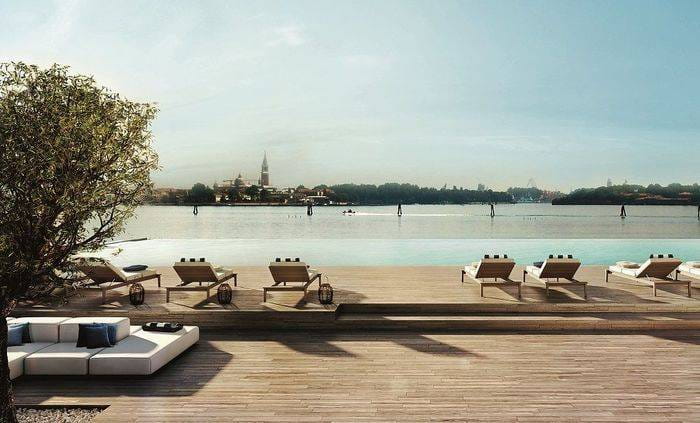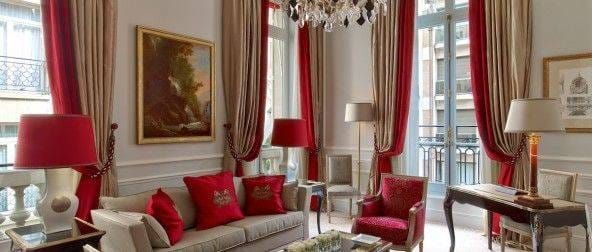An Encounter with Reda Amalou
I am pleased to present you today an interview with Reda Amalou, architect and designer. He gives us his views on this concept from an international perspective, as well as his thoughts on the French art of welcoming, a theme that is particularly dear to my heart. Reda works with some of the finest hotel labels in the world (Four Seasons, Six Senses, etc.).
What exactly do you mean by the concept “Being Away from Home”?
Today’s traveller is aware, he needs less reassurance from the hotel environment. The concept of traveling is integrated by the customer who looks, in fact, for this “new experience.” This is even truer in the luxury industry. Thus, “Being Away from Home” holds a particularly strong dimension today. It is both the journey, the discovery and also the desire to live out a memorable moment. This is why hotels experience such strong competition to invent this “new experience.”
In our luxury hotel projects, we strive to strengthen the spirit of the location, to create a link between the traveler and the site that goes well beyond the hotel itself. The project integrates itself as part of a region, a country, a culture, a climate… It is the interpretation and the juxtaposition of these contexts that give meaning to the project and, in particular, that weaves these links with the site. Thus, this notion of being elsewhere is strong and engages the local culture, sometimes from afar and sometimes up close, but always through a way in which the customer will feel a lasting and privileged connection.
Six senses Con Dao
Could you give us an example of one of your achievements in this direction?
In the project of the Nam Hai in Hoi An – Vietnam (a GHM Hotel), this approach is very visible. Indeed, we committed ourselves to reinterpret traditional Vietnamese architecture to recreate a contemporary architecture. For example, the suites are designed on the model of the farmer houses with their three identified areas: stable, living space and kitchen. We have re-invented them in day area (indoor – outdoor), bath and night area (indoor – outdoor).
The form remains, but the meaning is amended to strengthen the link with the outdoor. The night area is treated as a central platform that meets all the features of an hotel room: sleeping furniture, integrated desk, rest area and bath. Traditional codes include few furniture, and the main element is the bed which is a platform on which one sleeps, eats, talks … In this case our re-interpretation keeps the original meaning but changes the shape.
On the other hand, in the Six Senses Con Dao hotel, our work was focused on a wooden frame (almost disappeared in Vietnam), on nature and on the reuse of ancient items (2000 old doors and shutters). The approach is the same but the project can be very different. This is what makes the richness of this approach.
Six senses Con Dao
Laurent Delporte, an editor and conference speaker, is a strategic expert in the sector of hotels. A visionary, he brings his unique look on hotels in service to the decision-makers in the industry, whether to enhance the development of new projects or strategic visions.
Laurent has visited and audited over 350 hotels across the world and also participates in mystery visits to provide quality control for the world’s finest hotels.
Tags: architecture, design, designer, Four Seasons, hotel, luxury hotel


 HOME
HOME

